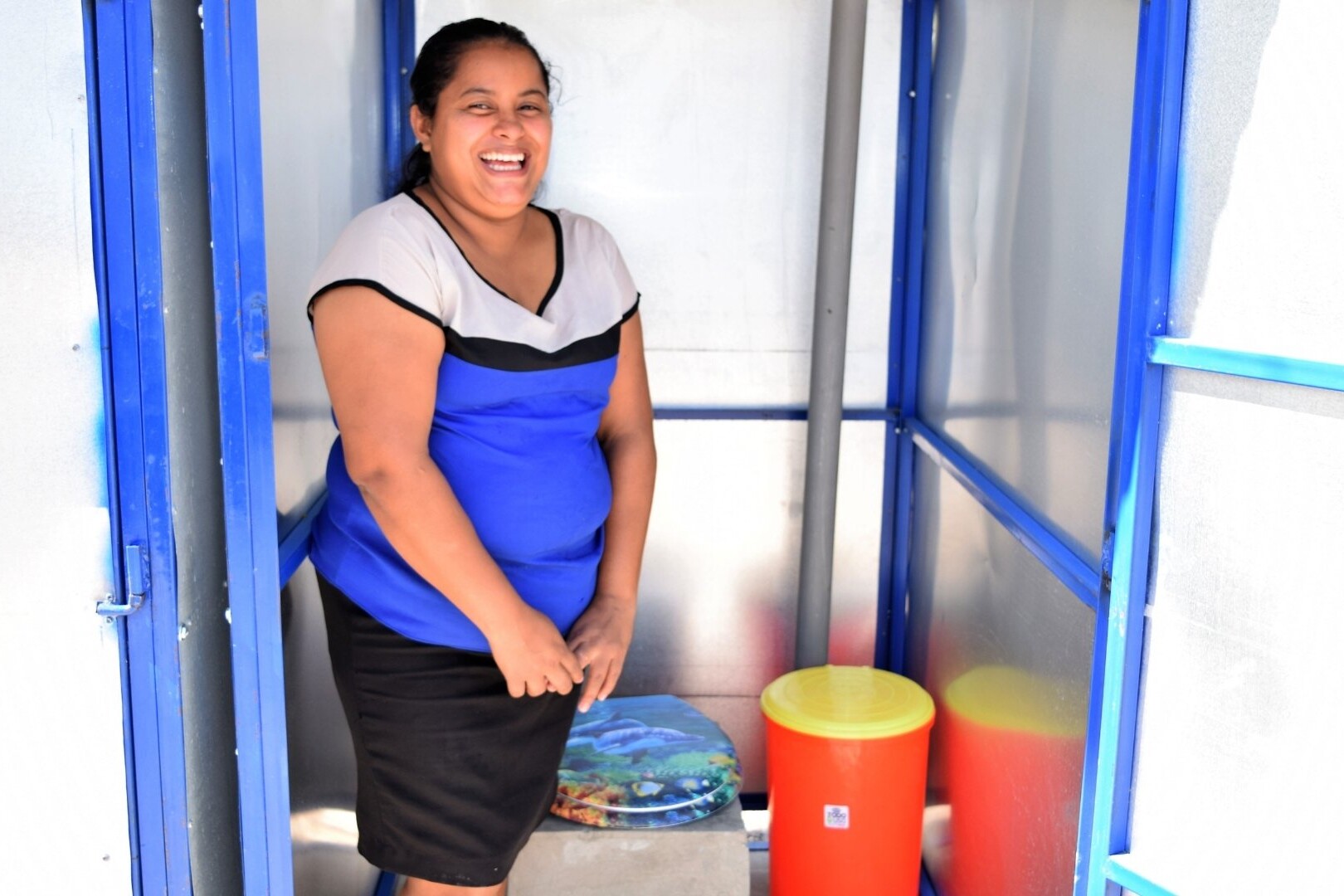
Sanitation Solutions
Household Latrines
Our latrines vary from a simple pit latrine – a pit with a covered shelter – to a flushing toilet, depending on the country.
Communal Latrine Blocks
These are gender segregated and Menstrual Health friendly latrine blocks with washrooms, in health centres and schools, where teachers have separate latrines. Consideration is made for people with disabilities and people who are elderly.
Waste Management Training
Communities and facility staff are trained in recycling, rubbish disposal, and the hygienic and safe disposal of human waste, keeping living and working environments clean.
Incinerators
We install incinerators in health facilities so that they can safely and hygienically dispose of medical waste. Without incinerators, the only option for staff is often to just burn the rubbish in a pit, polluting the immediate surroundings with smoke. Incinerators instead dispose of the waste efficiently and safely for staff and patients.
